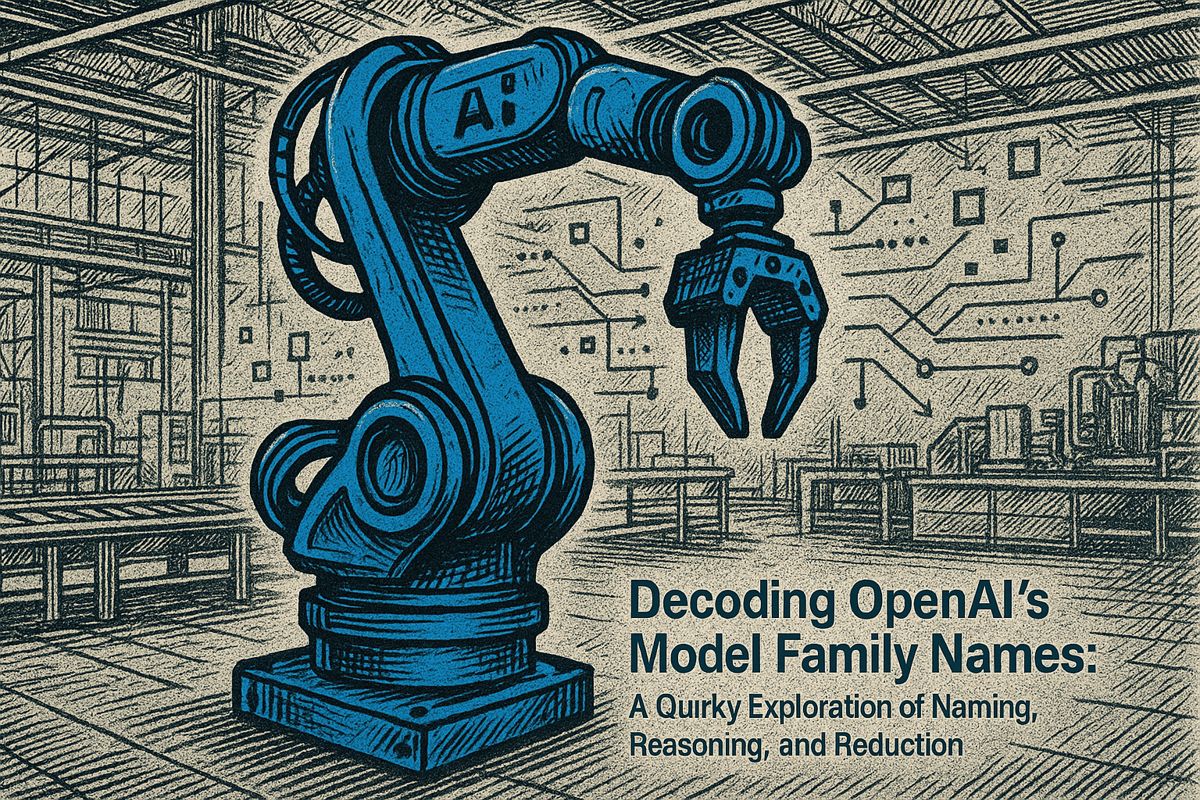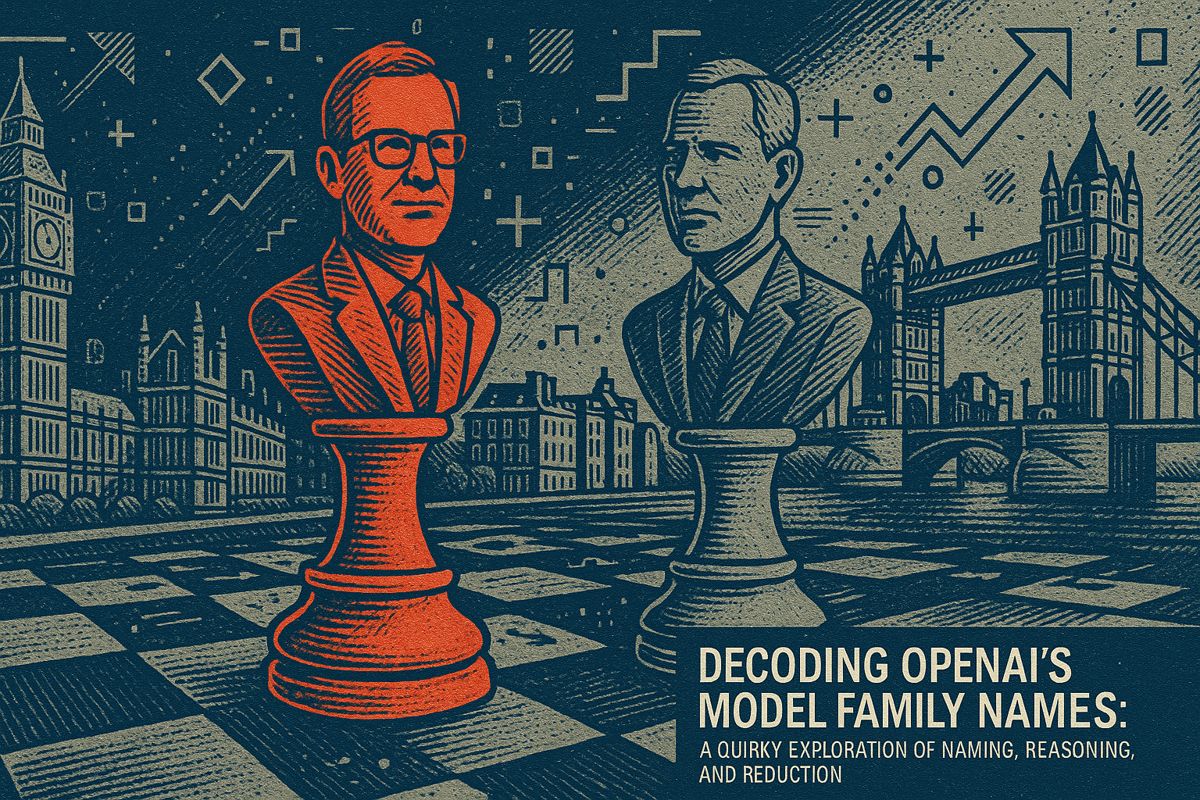As US lawmakers and courts tackle the rapid proliferation of AI deepfakes and voice clones, a new legal framework is emerging across the country. The rise of synthetic media has ignited urgent legal battles over digital identity, forcing a re-evaluation of consent, intellectual property, and authenticity for everyone from Hollywood studios to individual creators.
This complex challenge is being met on three fronts: new legislation at the state and federal levels, precedent-setting court cases, and a technological arms race to develop reliable detection tools. Together, these efforts are shaping the future of digital identity policy in the United States.
A Patchwork of Federal and State Laws
The United States is addressing AI deepfakes through a combination of state-level legislation targeting specific harms like nonconsensual content and election interference, alongside landmark court cases defining digital identity rights. Concurrently, a fast-growing market for detection technology aims to provide technical safeguards against synthetic media manipulation.
While Congress deliberates on comprehensive federal rules, individual states have moved quickly to fill the void. To date, forty-eight states have enacted deepfake laws, primarily targeting three areas:
- Nonconsensual sexual content (27 states)
- Political deception in elections (28 states)
- Personality and publicity rights, such as Tennessee’s groundbreaking ELVIS Act, which legally protects an individual’s voice as a property right.
These laws establish penalties ranging from misdemeanors to felonies and often empower victims to file civil lawsuits. As a result, businesses must now navigate a complex web of disclosure requirements, content labels, and evolving copyright issues under review by the US Copyright Office.
Precedent-Setting Court Cases Emerge
Landmark lawsuits are now testing the boundaries of these new state laws. In the notable case of Lehrman v. Lovo, two voice actors sued a text-to-speech company for allegedly cloning and commercializing their voices without consent. While a federal judge dismissed their trademark claims, the case is proceeding based on New York’s right-of-publicity laws, highlighting the growing power of state statutes in digital identity disputes.
High-profile figures are also drawing attention to the issue. Scarlett Johansson’s public challenge to a ChatGPT voice that sounded strikingly similar to her own demonstrated how a person’s unique vocal quality is tied to their brand identity and value, even without formal litigation.
In response, the market is adapting rapidly. Talent agencies are incorporating clauses for synthetic replicas into contracts, and insurance companies have begun offering policies that cover the financial risks of deepfake-related defamation and content removal.
Technology Races to Detect Fakes
Alongside legal challenges, a technological arms race is underway between AI generation and detection models. Advanced detection systems analyze content in real-time, scanning for inconsistencies in metadata, audio artifacts, and even subtle micro-expressions. Industry groups like the Content Authenticity Initiative are creating shared databases to improve the accuracy of these tools.
The deepfake detection market is projected to see explosive growth, with a forecasted 37.45% compound annual growth rate through 2033, fueled by demand from the financial and government sectors. To create a reliable trail of evidence, technology providers are combining detection with proactive measures like digital watermarks and blockchain-based authenticity logs.
Despite these advances, significant challenges remain. Factors like video compression and live streaming can obscure the digital fingerprints of a fake. This makes public awareness and digital literacy essential components in the fight against misinformation and identity fraud.
What new federal laws now regulate AI-generated likenesses and deepfakes?
The TAKE IT DOWN Act, signed in May 2025, is the first comprehensive federal statute.
It criminalizes knowingly publishing intimate AI-generated deepfakes of minors or non-consenting adults and orders platforms to remove such content within 48 hours of notice.
Two pending bills would go further: the NO FAKES Act would require consent for any commercial AI replica of voice or face, while the DEFIANCE Act would let victims of sexual deepfakes sue for up to $250,000 in statutory damages.
How many U.S. states already have deepfake or AI-likeness laws on the books?
48 states have enacted at least one deepfake statute as of August 2025; only Missouri and New Mexico lack standalone laws.
Coverage is patchwork:
– 27 states target non-consensual sexual deepfakes
– 28 states regulate political deepfakes near elections
– 10 states, including Tennessee with its ELVIS Act, now protect voice as a property right, letting artists sue distributors of unauthorized AI voice tools.
What kinds of court cases are setting early precedents for AI voice and face cloning?
Voice actors Paul Lehrman and Linnea Sage are suing AI vendor Lovo in Lehrman v. Lovo, Inc., alleging the firm sold their AI-cloned voices after promising the recordings were “for research only.”
A federal judge kept their right-of-publicity claims alive, signaling that state publicity laws may offer the clearest path to compensation when federal copyright or trademark claims fail.
The dispute is being watched as a first-of-its-kind test of whether consent to record equals consent to synthesize.
How reliable are today’s AI deepfake detectors?
2025 benchmarks show real-time detection systems now flag synthetic videos within 300 milliseconds and fake voices within 3 seconds of upload.
Accuracy falls below 70 percent on heavily compressed clips, so platforms still rely on human review for final takedown decisions.
The $8.7 billion deepfake-detection market is forecast to grow 37 percent annually through 2033, driven by banks and social media sites that lose an estimated $1.2 billion yearly to voice-clone fraud.
What practical steps can celebrities – or anyone – take right now to protect their digital identity?
- Register voice and likeness with a content-authenticity watermark service; major studios already embed these credentials before release.
- Audit old commercial recordings – the ELVIS Act lets you revoke future AI use even if contracts were silent on synthesis.
- Set up platform alerts: TikTok, Instagram and X now offer “synthetic media” takedown portals that honor TAKE IT DOWN Act notices within the mandated 48-hour window.



















